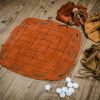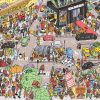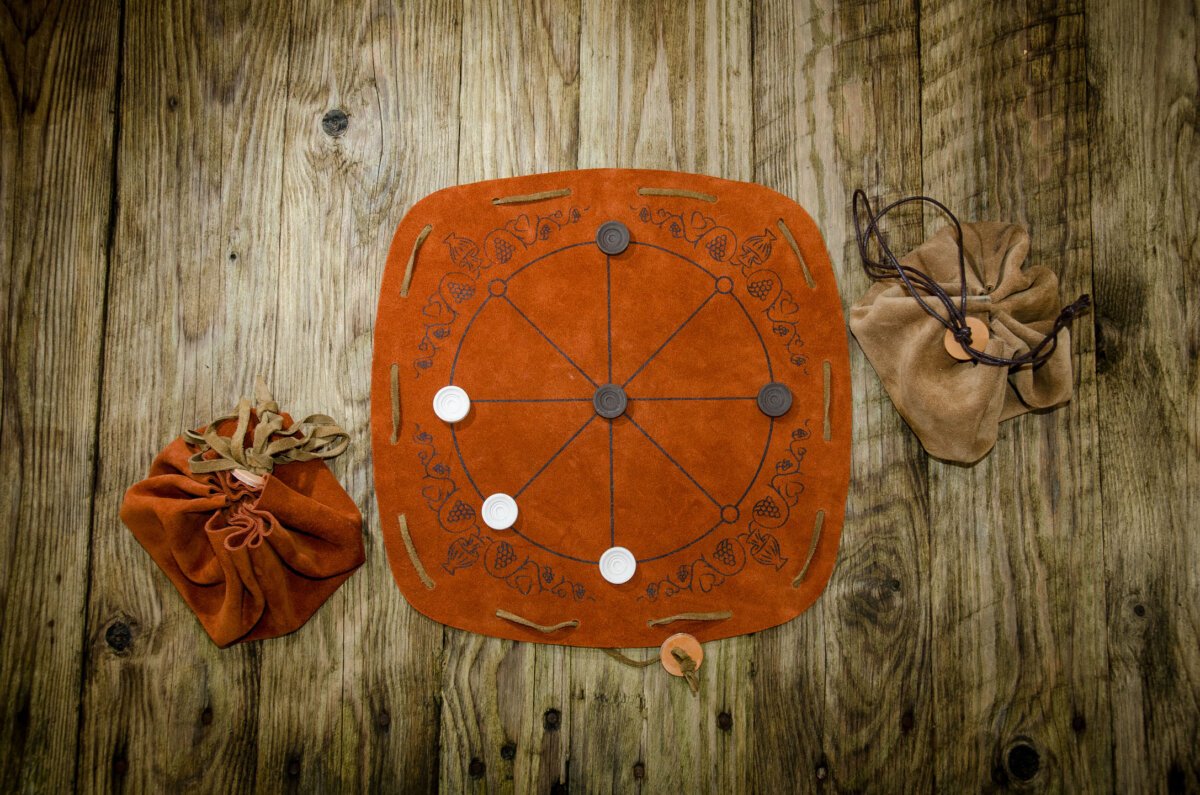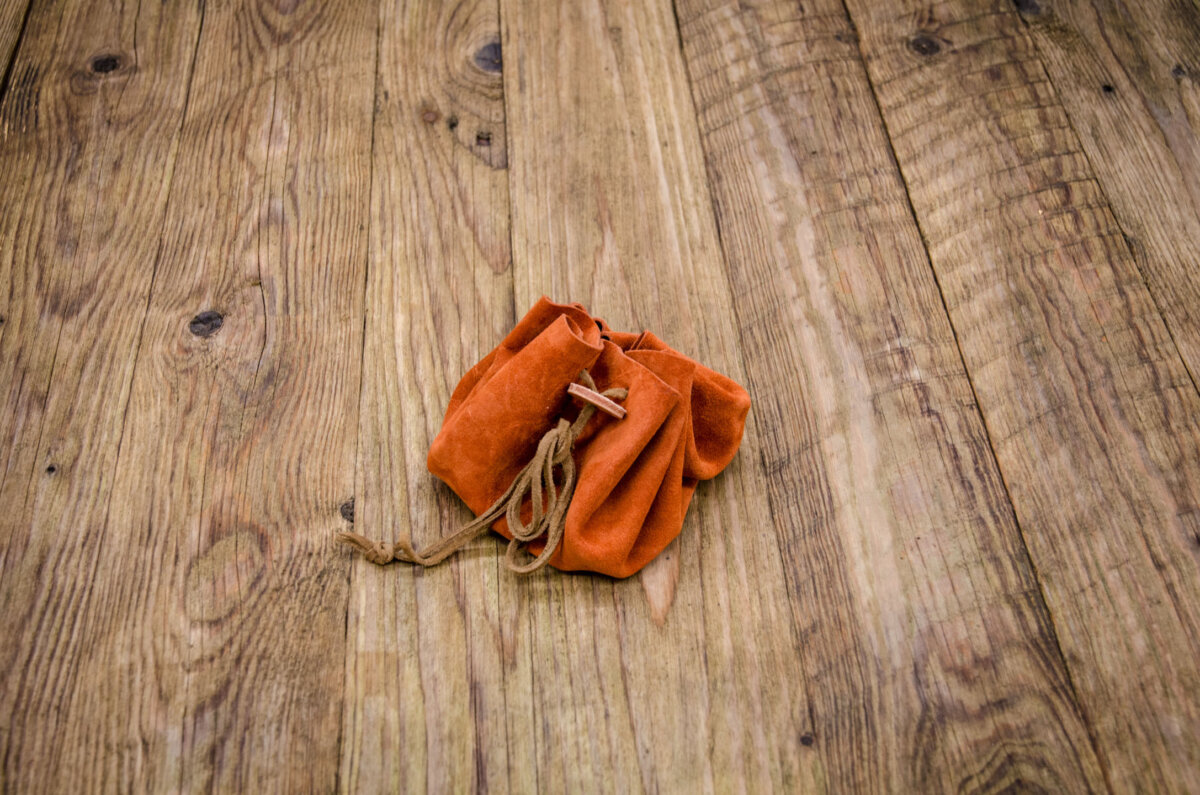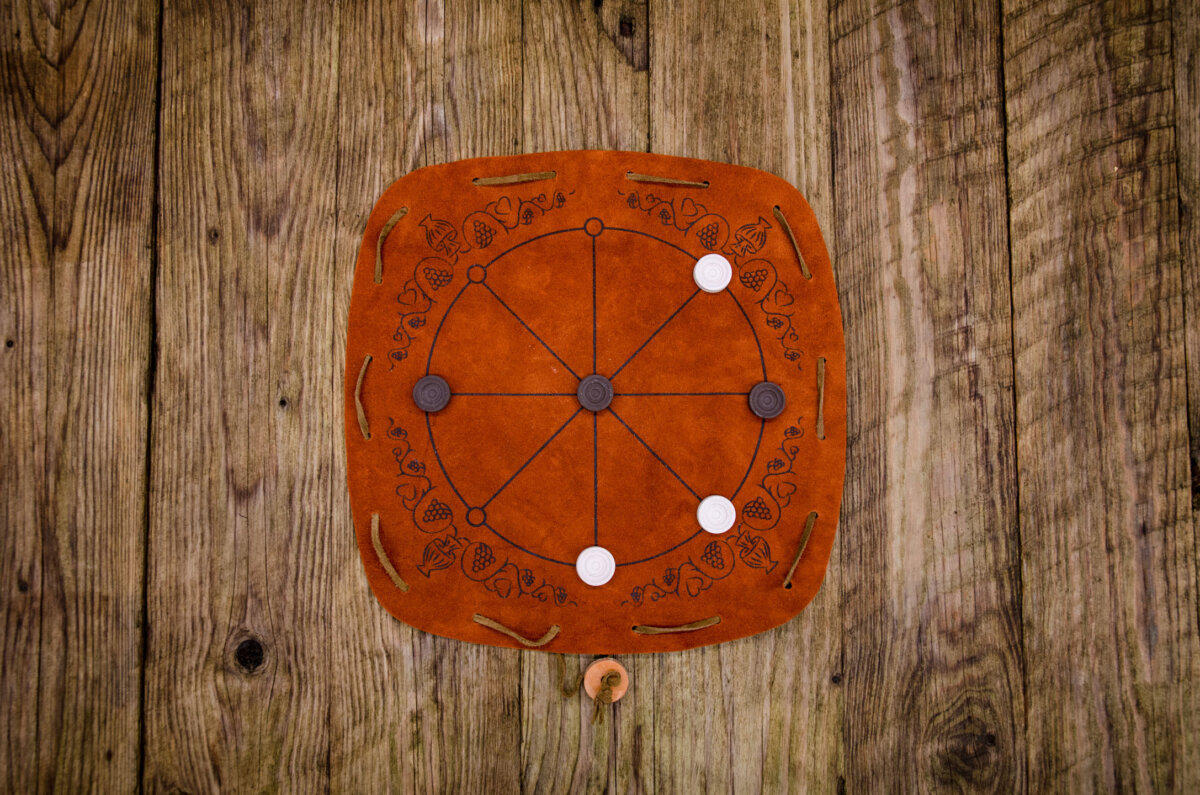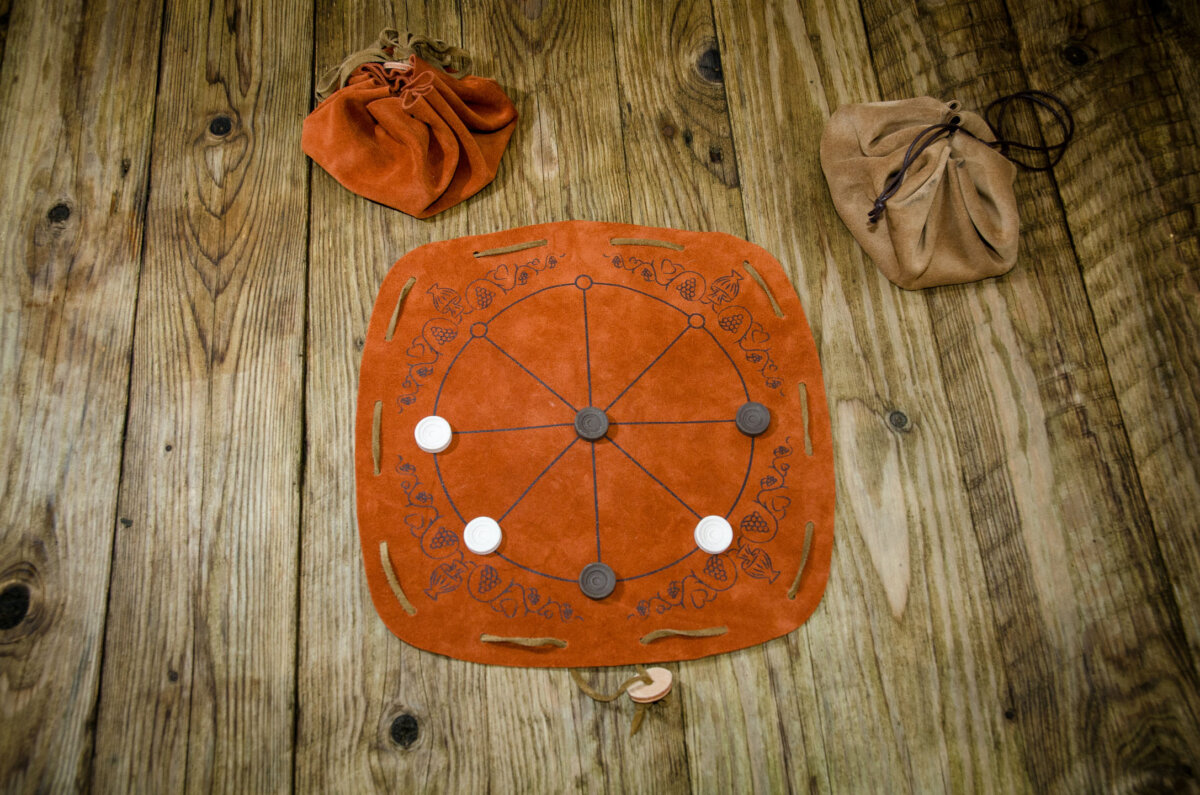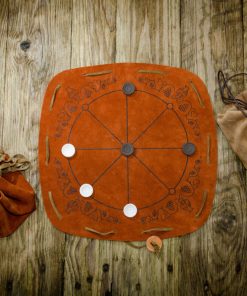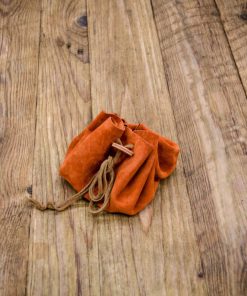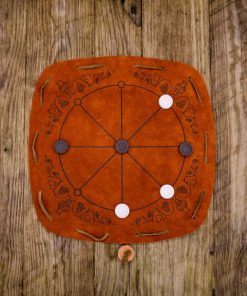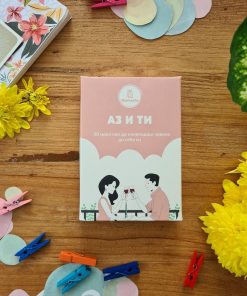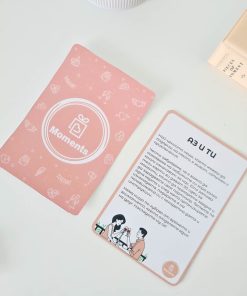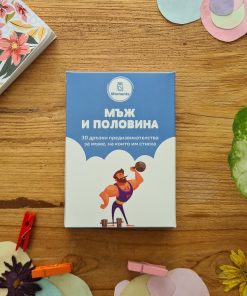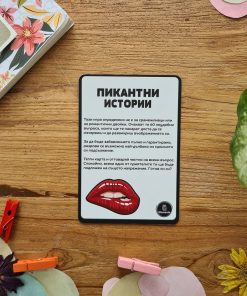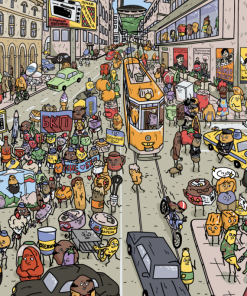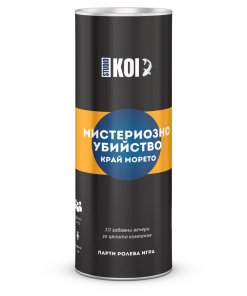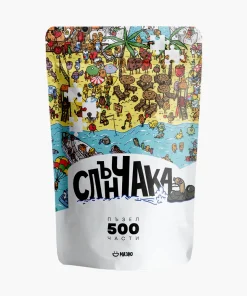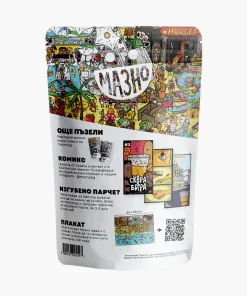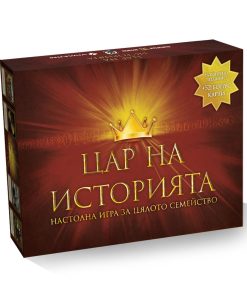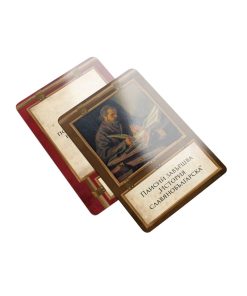Roman chess ROTA
49,00 лв. (25,05 €)
The game ROTA is part of a series of reconstructions of historical games, handmade from natural materials in the DABRAVA studio. The game board is made of leather suede, with ceramic or glass checkers. The game folds up and ties into a lightweight bag, convenient for storage, carrying and playing anywhere.
The ornaments on the board are based on motifs from a 4th century floor mosaic discovered in the Episcopal Basilica of Philippopolis – today’s Plovdiv: vine, ivy (ancient symbol of immortality) and kantharos (symbol of the Source of Life).
The game develops strategic thinking, patience, observation and concentration.
Features
Players 2
Age 6+
Game board 100% genuine leather – suede, 42 cm
Checkers 3 light and 3 dark glass checkers, 15 -18 mm
Rules and history Leaflet in Bulgarian and English
Color tile orange, sandy beige
2 in stock

